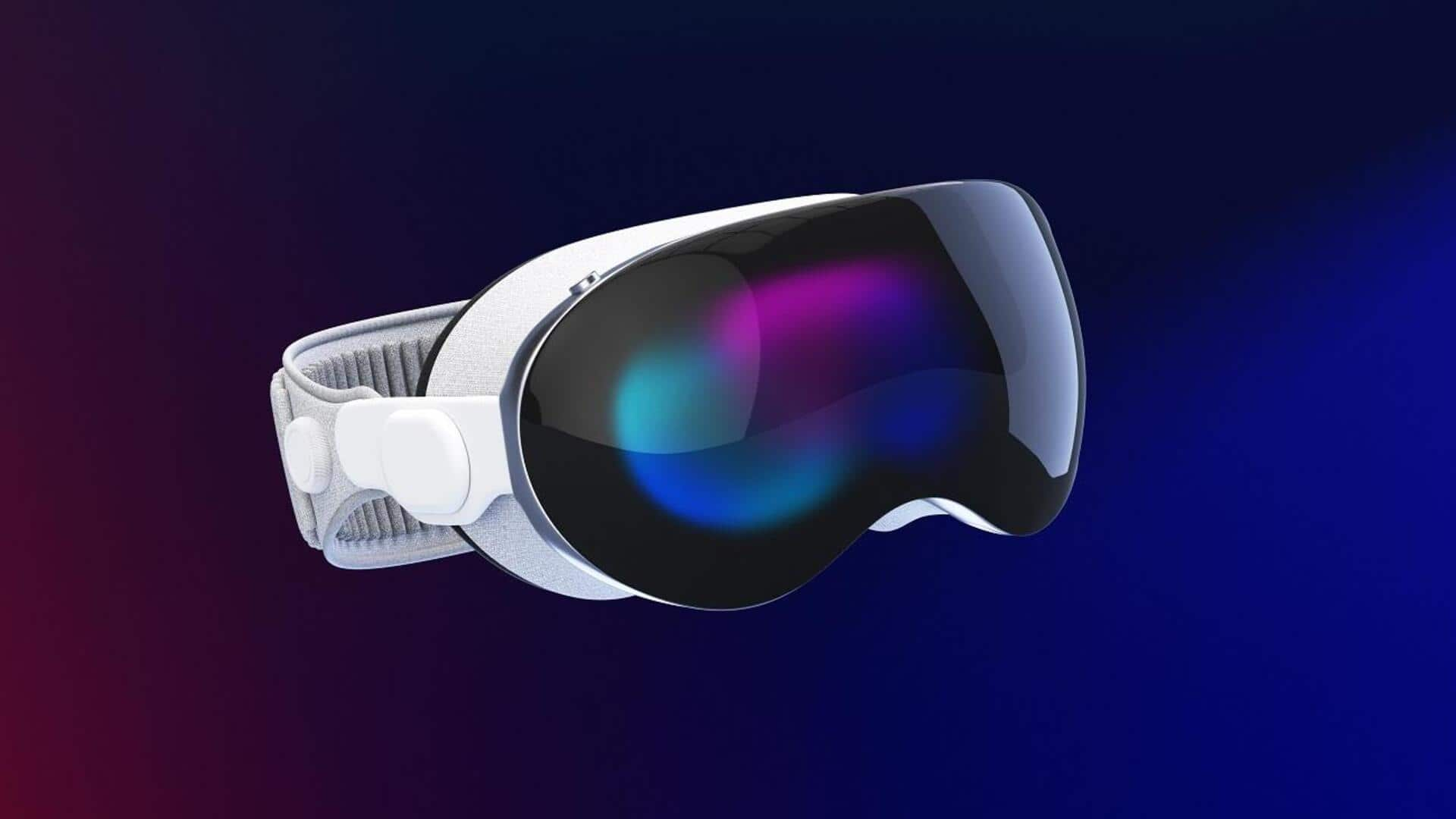
Apple seeks suppliers for affordable Vision Pro AR headset
What's the story
Apple is on the hunt for new suppliers of OLED-on-Silicon (OLEDoS) panels, hinting at the development of a more budget-friendly headset to accompany the Vision Pro, according to Korean publication The Elec.
The current supplier, Sony, has been providing high-resolution microdisplays for the Vision Pro headset but its limited production capacity and lack of expansion plans have prompted Apple to consider alternatives.
Display inquiry
Samsung and LG may be considered for larger, lower-resolution displays
Apple has issued a request for information (RFI) to Samsung Display and LG Display to evaluate their capability to manufacture larger OLEDoS panels.
The anticipated size of these panels is between 2.0 to 2.1-inch with a display density of approximately 1,700 pixels per inch (PPI).
This marks a significant departure from the Vision Pro's current 1.42-inch screen with nearly 3,400 PPI provided by Sony.
Cost-effective tech
Displays aimed at entry-level models
The larger, lower resolution displays are speculated to be targeted at entry-level models.
The high cost of the Vision Pro is largely attributed to its advanced display technology — a white OLED display with color filter (wOLED+CF) technology.
In contrast, Samsung and LG have demonstrated progress in OLED microdisplay technology that could potentially be more economical.
Innovations
Samsung, LG recently showcased advanced OLED microdisplay technology
At Displayweek 2024, Samsung unveiled a 1.03-inch RGB (direct-emission) OLED microdisplay developed with eMagin, promising higher brightness levels than the wOLED+CF method.
Concurrently, LG introduced a 10,000-nits 1.3-inch 4K OLED microdisplay that employs a micro lens array (MLA) to enhance brightness by approximately 40%.
These advancements indicate potential cost-effective alternatives for Apple's new headset display technology.
New development
Apple's potential lower-cost mixed reality headset
Rumors suggest that Apple is planning a new, more affordable mixed reality headset that could connect to an iPhone or Mac, eliminating the need for an expensive processor.
These rumors have been circulating for over a year and recent indications hint at a possible launch by the end of next year.
This development aligns with Apple's exploration of larger, lower resolution displays.